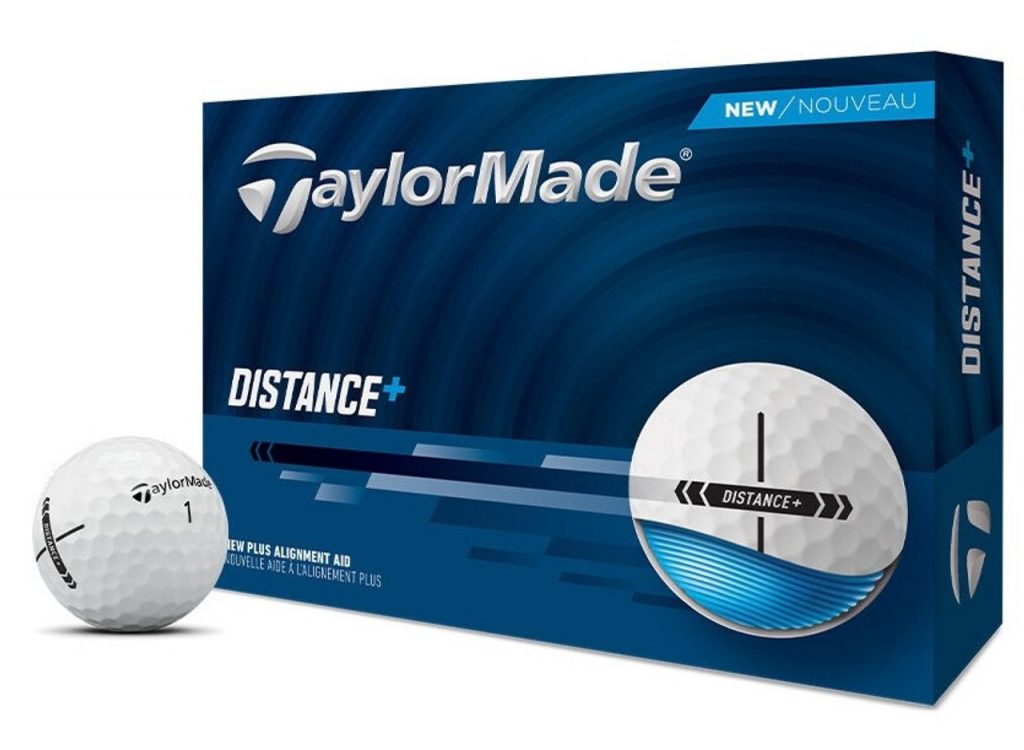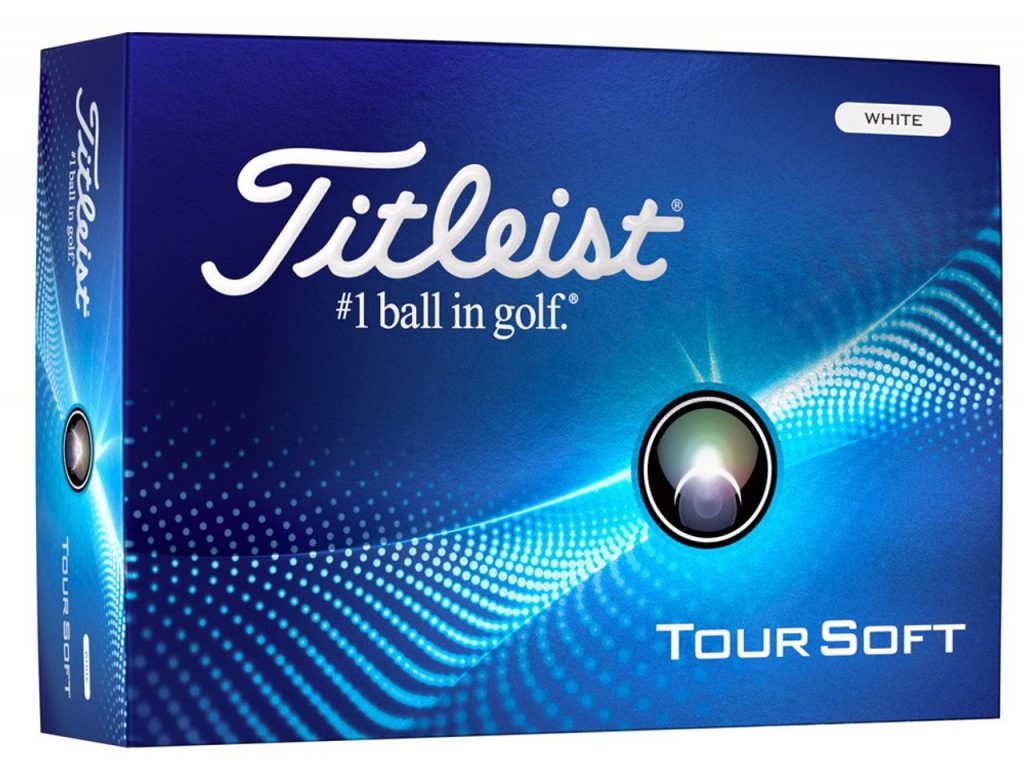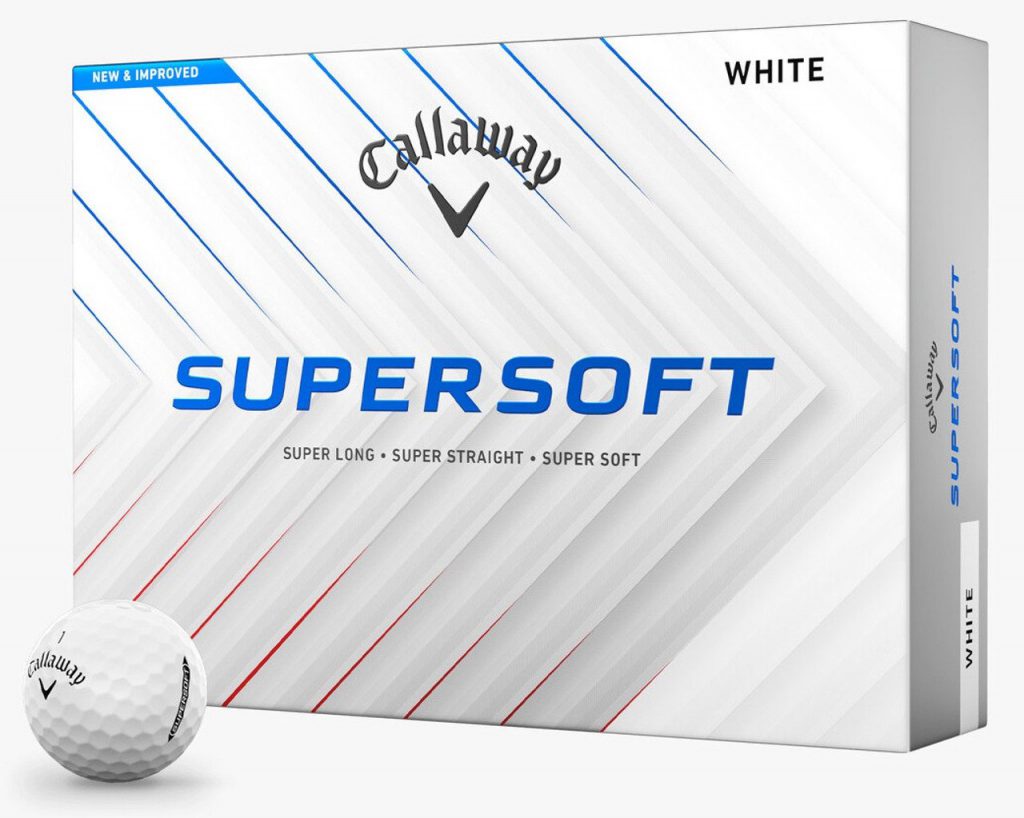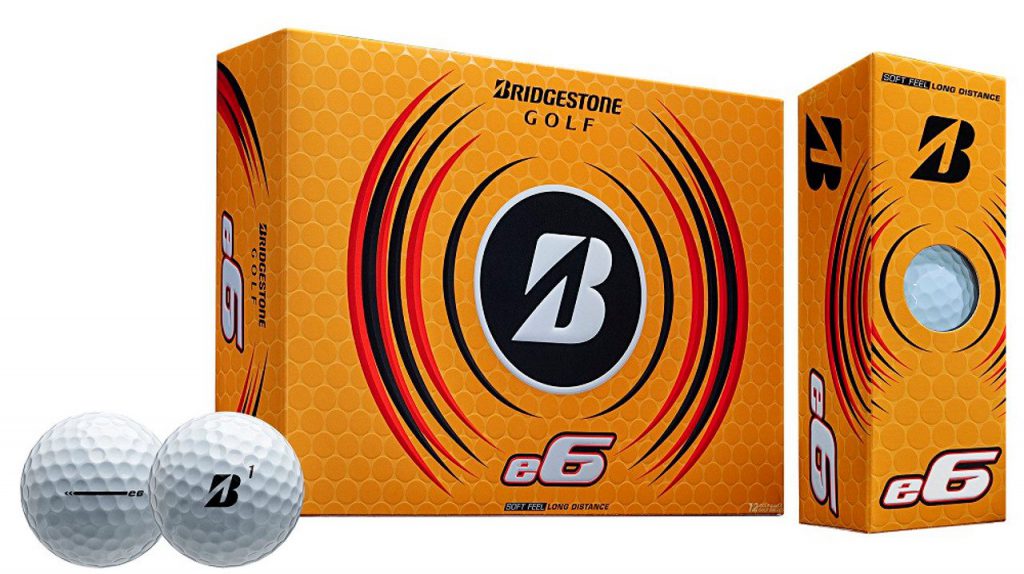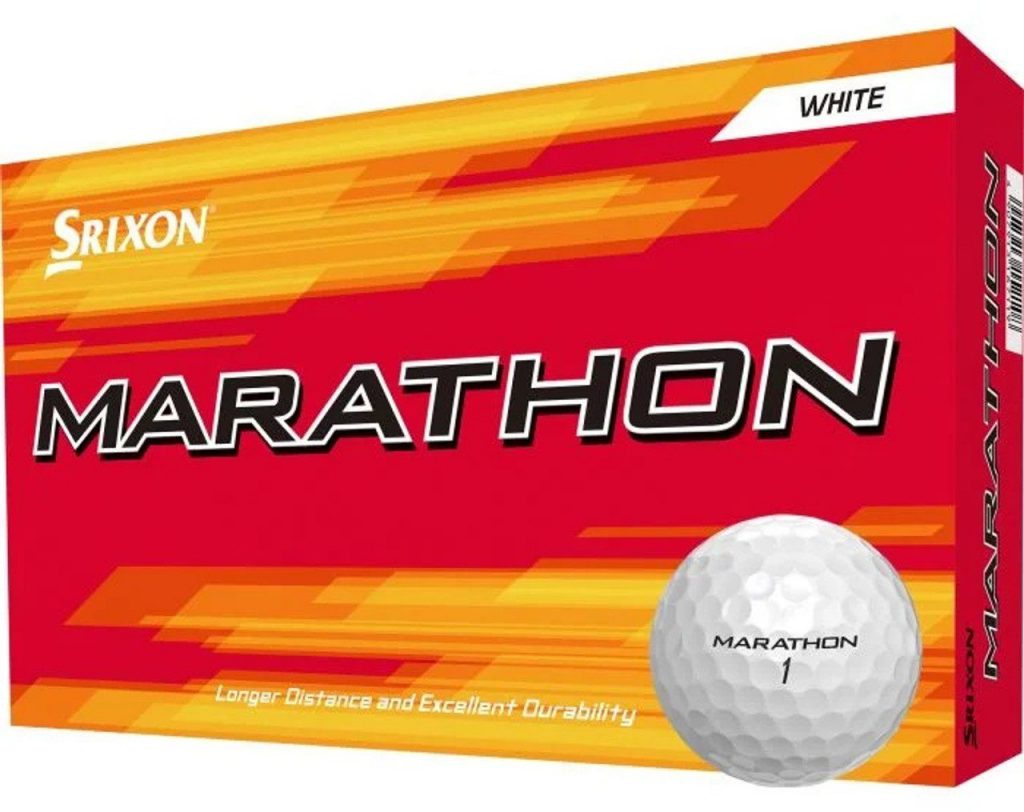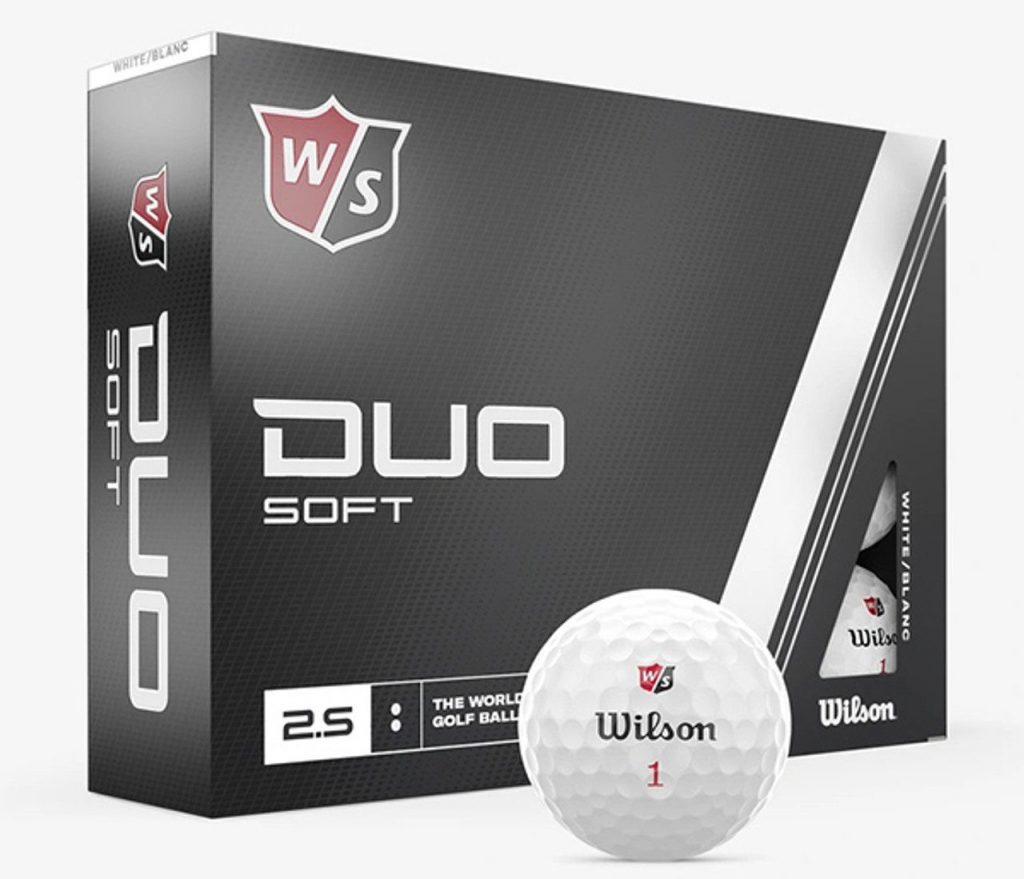Best Golf Balls for High Handicappers in 2025
If your rounds bounce between solid holes, ugly eights, and hunting for lost balls, your golf ball might be quietly calling the shots. Most high handicappers do best with a simpler, softer ball that doesn’t spin much. It gets up in the air more easily, flies straighter, and is kinder to off-center hits. Tour urethane balls are great once you can regularly square the clubface and control short shots with your wedges. Until then, let’s explore golf balls for high handicappers!
Quick Takeaways: Best Golf Balls for High Handicappers
- Start with soft compression: A lower-compression, two-piece ball launches easier, flies straighter, and keeps mishits playable without costing a fortune.
- Choose construction by goal: Two-piece ionomer for simple distance and lower driver spin. Mid-price soft options (e.g., Tour Soft) if you want nicer feel and steady greenside control. Save urethane for when wedge contact is consistent.
- Make it easy to see and aim: High-visibility colors and printed alignment help track the ball and line up putts more consistently.
- Test, then lock it in: Compare carry and left-right dispersion with your driver, hit a few chips and putts for feel, then stick with the model that is straighter and predictable.
Ready to shop: visit the New Golf Balls page or the Golf Ball Buyer’s Guide. Save more on the Clearance and Promotions hub.
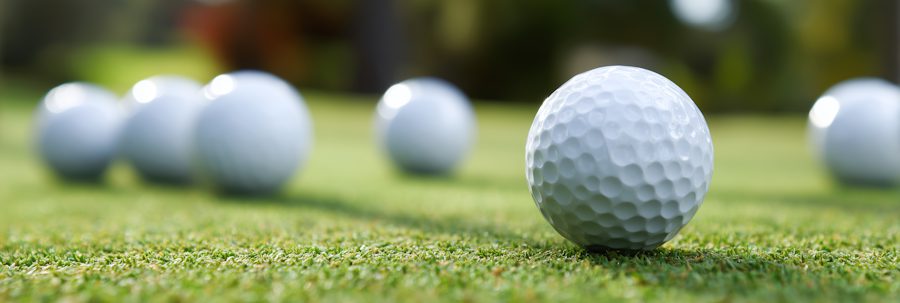
Who this guide is for
Golfers who:
- Fight a slice or hook more than they like
- Want easier height and longer carry without swinging harder
- Lose a few balls a round and care about value
- Prefer a soft feel but do not need tour-level greenside bite yet
The high-handicapper ball formula
- Lower compression
Softer cores are easier to compress at slow to moderate speeds. That adds ball speed and reduces the knuckle-slice that comes from glancing blows. - Two-piece construction with ionomer cover
Two-piece balls are distance-biased, durable, and cheaper per dozen. Ionomer covers reduce driver spin and survive cart paths better than soft urethane. - Aerodynamics that keep the ball in the air
Modern dimple patterns stabilize flight and add carry. You will feel it most on toe or heel strikes that would have fallen out of the sky with older balls. - Visibility and alignment
High-vis yellow or matte finishes help with aim and finding the ball. Printed alignment aids can clean up your start line on the green. - Price you are not afraid to play
Confidence matters. If you fear losing a four-dollar ball, you will steer the swing. Steered swings rarely go straight.
Top picks by brand and why they work
TaylorMade Distance+
A classic distance-first two-piece with a fast core and low-drag dimple pattern. It is designed to launch high with modest driver spin, which keeps the ball on line and boosts carry. Feel is medium-firm off wedges, but the value is excellent if your priority is tee-to-fairway success.
Titleist Tour Soft
A large core for speed and a thin reformulated cover for feel. Tour Soft lives in the sweet spot for high handicappers who want something nicer than a rock but not as spin-happy as Pro V1. It is very easy to get airborne, offers predictable mid-short game control, and sits at a reasonable mid-price.
Callaway Supersoft
Low compression, very soft feel, and a cover recipe that blends distance with useful durability. Supersoft tends to straighten out excess driver spin and gives you a marshmallow-smooth impact on irons and putts. Around the green it releases a bit more than urethane, which many high handicappers actually prefer because it is consistent.
Bridgestone e6
Built for easy compression and straight flight. The enlarged soft core helps slower speeds, while the firmer outer region keeps speed up. If you want a gentle feel with obvious help off the tee and you value durability, e6 is squarely on-profile.
Srixon Marathon 3
Budget-friendly and built to fly. This firm two-piece ionomer ball favors carry and toughness, so it hangs in the air and survives scuffs when contact is not perfect. Expect a clickier feel and less grab on chips, which means a bit more rollout near the green. If you are new, lose a few balls per round, or just want straight distance while you groove contact, Marathon 3 fits the brief.
Wilson Duo Soft
Among the softest compression balls on the market. The ultra-soft core produces low driver spin and a pillowy feel that many golfers love off the putter. If your big miss is a curveball, Duo Soft’s spin profile can help hold the start line. Expect more rollout on partial wedges than urethane.
One-Look Comparison
Tip: On small screens, swipe left and right to see all columns →
| Model | Compression feel | Construction | Spin profile | Best for | Key benefit | Tradeoff |
|---|---|---|---|---|---|---|
| TaylorMade Distance+ Golf Ball | Soft-medium | 2-piece, ionomer cover | Lower driver spin | Distance first, straighter tee shots | Hot flight with low-drag aerodynamics | Firmer feel, less greenside check |
| Titleist Tour Soft Golf Ball | Soft | Multi-layer, thin ionomer cover | Balanced, mid spin | Soft feel without tour-level spin | Easy launch, consistent short-game control | Not as much bite as urethane |
| Callaway Supersoft Golf Ball | Very soft | 2-piece, hybrid ionomer cover | Low long-game spin | Easy height, soft impact feel | Distance with good durability at value price | Less greenside spin than tour balls |
| Bridgestone e6 | Soft | 2-piece, Surlyn cover | Low driver spin | Slower to moderate speeds, straighter flight | Large soft core for easy compression | Modest greenside bite |
| Srixon Marathon 3 | Firm | 2-piece, ionomer cover | Low to mid spin for carry | New golfers or value seekers chasing yards | Extra carry, durable cover | Firmer click, less short-game finesse |
| Wilson Duo Soft | Ultra-soft | 2-piece, ionomer cover | Very low driver spin | Straighter drives at slower speeds | Pillow-soft feel, easy compression | More rollout on partial wedges |
How to choose like a fitter in 30 minutes
Step 1. Driver reality check
Take two candidates to the range or a quiet hole. Hit 10 drives with each. Track carry, not total. Circle the ball that gives you the tightest left-right pattern even if pure yardage is similar. Straighter plus playable is the real upgrade.
Step 2. Wedge predictability
From 40 to 60 yards, hit 10 shots with each ball. You want a launch that looks similar each time and a rollout that is repeatable. If one ball is surprising you with hot or dead reactions, drop it.
Step 3. Putter audition
Roll 10 from six feet, then 10 lag putts. Listen to the strike and watch first-foot roll. You are looking for a sound and feel that boosts commitment. If you decelerate less with one ball, that is your gamer.
Step 4. Color and alignment
If you tend to mis-aim on the green or lose balls in rough, use high-vis color or an alignment print. Better aim and faster finds save shots you will never see on a launch monitor.
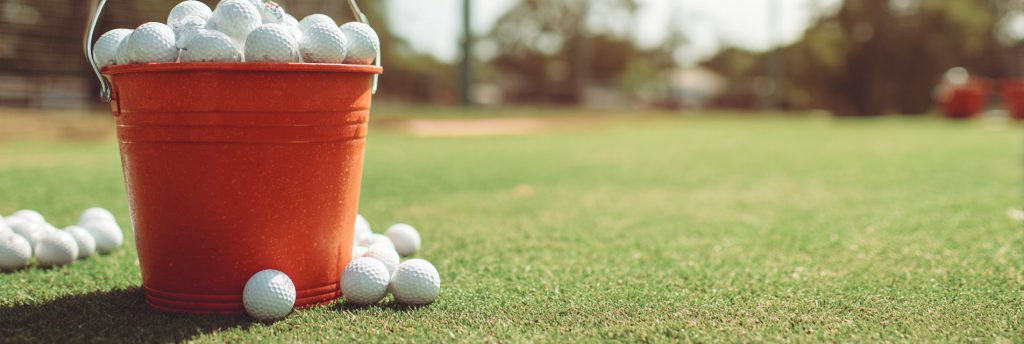
Smart upgrade path
- Start with a soft two-piece ionomer for straight distance and durability.
- When your dispersion tightens and you want more grab on 40- to 80-yard shots, test mid-price soft-feel models like Titleist Tour Soft.
- Only jump to urethane when your wedge contact is consistent and you want the extra spin. Urethane will also punish high-face and glancing driver contact with more curve, so earn it.
Cold weather and swing-speed notes
Softer balls keep their speed better in cool temps. If you play in morning chill or through the fall, lean softer. If you swing 95 mph or above but still carry a high handicap because of directional misses, do not assume you need a “tour X” rock. Lower driver spin is still your friend until your start lines improve.
Common questions, answered
Do I need to “fit” compression to a swing-speed chart
Softer cores are easier to compress at slow to moderate speeds. That can add ball speed and slightly reduce the excess spin you get from glancing blows, which helps tame minor slices or hooks. Big curves, though, are still swing-path driven. So, think of it as a helper, not a cure.
Will a softer ball always be shorter
Not necessarily. If lower compression lets you square the face more often and launch a touch higher, you can add carry. The loss in absolute ball speed is often offset by better launch and fewer curveballs.
Should I mix balls based on the hole
No. Consistency beats cleverness. Pick one model and build your short-game feels around it.
The Shortlist
These models pair simple construction with the traits that most high handicappers actually need: easy launch, straighter flight, predictable rollout, and prices that do not make you steer the swing. Lock one in, play it for a month, and let your scorecard tell you what to test next.
Writer/Editor: Danny Kapp is a passionate golf enthusiast and a 9-year veteran golf blog writer for Rock Bottom Golf, offering his unique perspective on the game. With a keen eye for detail, he covers various aspects of golf, ranging from technical insights to the latest trends in golf equipment and golf technology.




